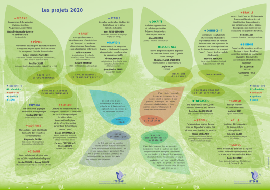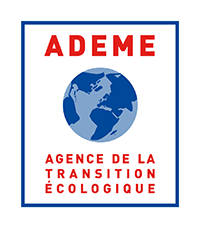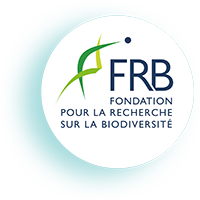TGB
- Between Gray and Blue Frames: Reciprocal Impacts of ILT and Fluvial Corridors on the Structure and Dynamics of Plant Biodiversity
Between Gray and Blue Frames: Reciprocal Impacts of ILT and Fluvial Corridors on the Structure and Dynamics of Plant Biodiversity
The TGB project aims to better understand how plant diversity changes along: i) river (natural-like)
corridors and ii) human-made corridors like roadside and powerline corridors, at both local and regional scales. One hypothesis among others is that the junction between the river and transportation corridors constitute singular landscape nodes involved in the local or regional control of plant diversity. We also studied how the biodiversity of these corridors was perceived by people with respect to the management practices. The ecological approach of plant communities was centered on an intensive sampling design (near 6,000 plots distributed among 19 study sites) along a strongly man-influenced river system (the Garonne River) and a more natural river system (the Adour River). The biogeographical gradient driven by these two river systems exhibited a high number of plant species (about 1,500) despite a quite low sampling effort. This regional diversity reflects an important hosting capacity of the three studied corridor types. While the local diversity of powerlines corridors, as expected, remains low (but not unimportant), roadsides showed unexpected high levels of diversity, similar or even higher than those observed along riparian areas. Locally, those levels were exceptional (more than 50 sp. /sq. m). Overall, the observed biodiversity can be qualify as “common”, but its functional potential remains high. Natural or human-induced disturbance regimes appeared as the main drivers of these species assemblages, along with the identity of the landscape interfaced with the corridors. Intersections among corridors indeed appeared as singular landscape nodes, with a local biodiversity decrease in riparian zones linked to the management practices. However, any significant spread of this local signal was observed far away from bridges or from powerline crossings. The perception of biodiversity by people, as well as the perception of the management priorities for its conservation, were not necessarily in accordance with our ecological measurements on the field. This suggests that it could be important to heighten people’s awareness on ecological processes occurring along ecological corridors, in relation with the social status of involved people. Similarly, a readjustment of management practices and policies which include the consideration of physical disturbances as possible managing tools for biodiversity conservation could be encouraged. Also, the need of a management planning shared among the managers of the distinct corridor types appears as a major priority for biodiversity sustainability across physically interacting corridors, especially in a context of Global Change.












